Olive tree pruning scraps, a large or a small object made by recovering wood from the forest. Collapsed trees destined for waste that live on in handicrafts. Masterpieces that still give emotions and benefits. They are true wonders made from waste. Furnishing accessories created with wood from living trees. Using scraps from the pruning of centuries-old Italian olive trees that would otherwise have ended up in waste or burnt. These are the masterpieces that can be produced with simple scraps of wood.
A different tale
The idea of “building with what is available” is a trend that is spreading widely on the design scene today. In this case it reveals itself in a different tale. Handed down by its most authoritative witnesses, the olive trees. Those that dot the countryside of Italy. Those same trees that have suffered the indignity of xylella. That have risked being erased from our landscape. Olive trees have always been silent protagonists. Their roots are in lands rich in history. They have been the history of territories for centuries. And so here is the idea. An Italian company (Aliva Wood srl) decided to use this material, otherwise considered as waste, for a strong design project. “We gave voice to the olive trees, making them ‘tell’ stories, unknown or forgotten, that they had witnessed”.
We gave voice to the olive trees, making them ‘tell’ stories, unknown or forgotten, that they have witnessed.
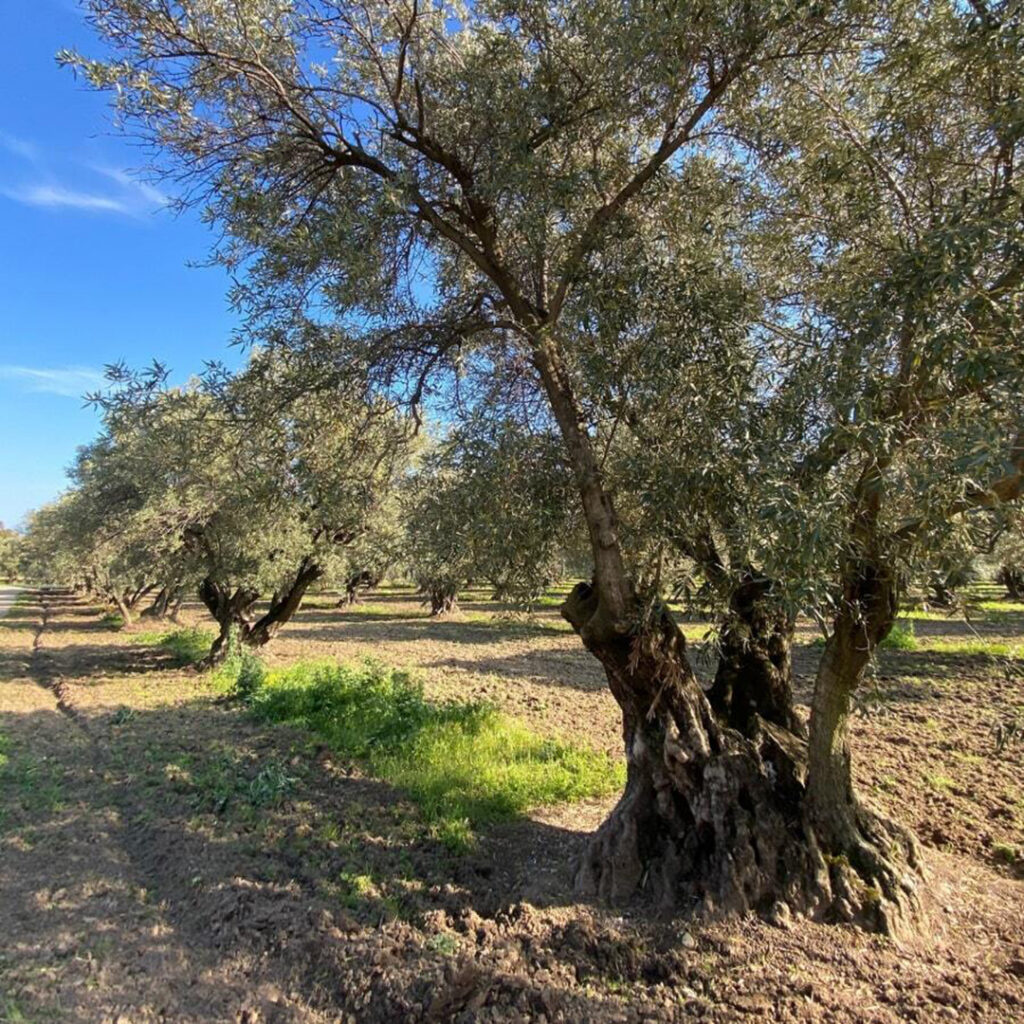
Selected artisans
The production part is entrusted to selected artisans. Artists present in the area. Last heirs to the ancient traditions of the craft. With high knowledge of even the latest tools and processes. Aliva Design is the division of Aliva Wood srl, dedicated to the production of furnishing accessories. Products created precisely with pruning waste from centuries-old olive trees. This wood comes from trees that are not felled. The artistic craftsmanship of these woodworkers, who work in their workshops, is done with wood whose origin is traceable, as are all the steps in the chain.
The geography of the olive tree
Places are important in this journey to discover the legends, sites and personalities that have made the three Italian regions where olive wood comes from inimitable. And which are most deeply linked to these trees: Apulia, Calabria and Sicily. This gives rise to the sixteen products, which are sixteen evocative “tributes”. “Authentic and sought-after reminiscences that have not succumbed to the temptation of becoming banal souvenirs”.
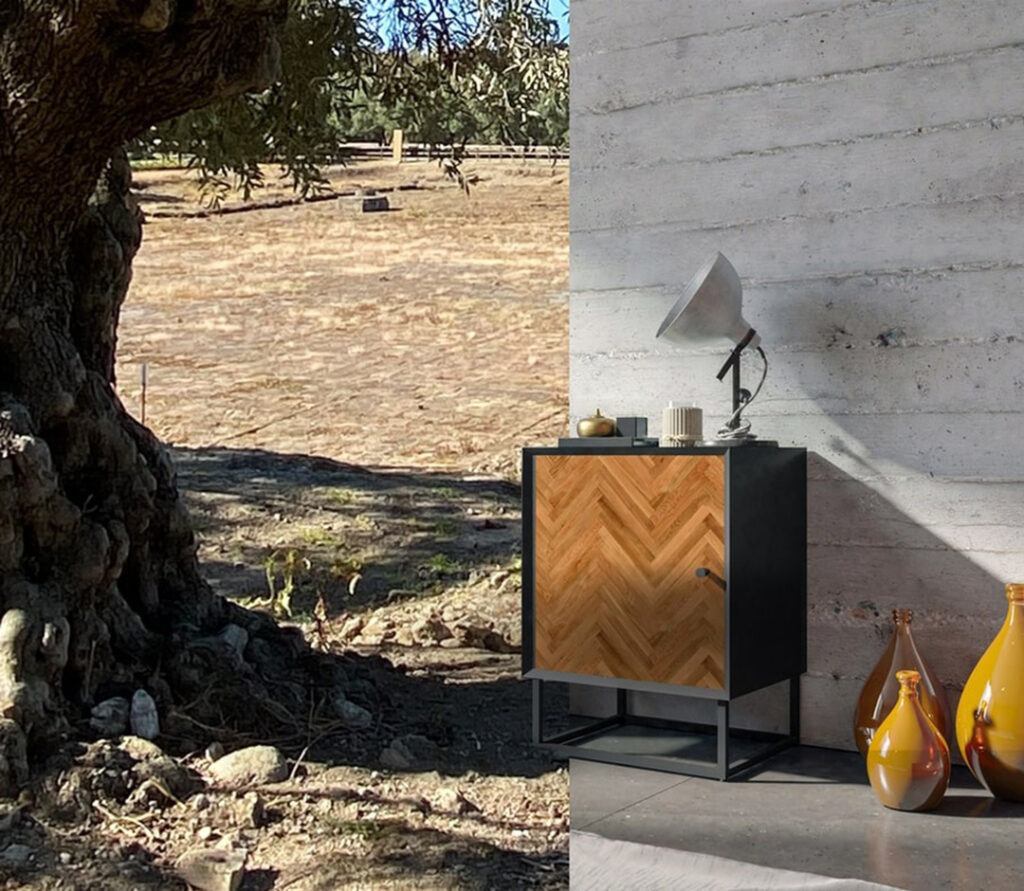
Authentic and refined evocations that have not succumbed to the temptation of becoming banal souvenirs.
Minimalist design
The chosen design is simple, linear and never banal. Minimalist objects, to interpret the organic nature of the shapes that characterise this particular raw material. There are sixteen “Aliva Design” branded products. Four furnishing accessories for each collection, a tribute to the regions where the raw material comes from. Or rather second material as this element is totally recycled. The three series have evocative names: “Kalavrìa”, “Trinacria” and “Apulia”. They refer to characters, places and monuments of Calabria, Sicily and Apulia. These are not only furnishing items but also four gadgets and accessories, called “Polloni”. Which recall the characteristic vegetal formations in their names.
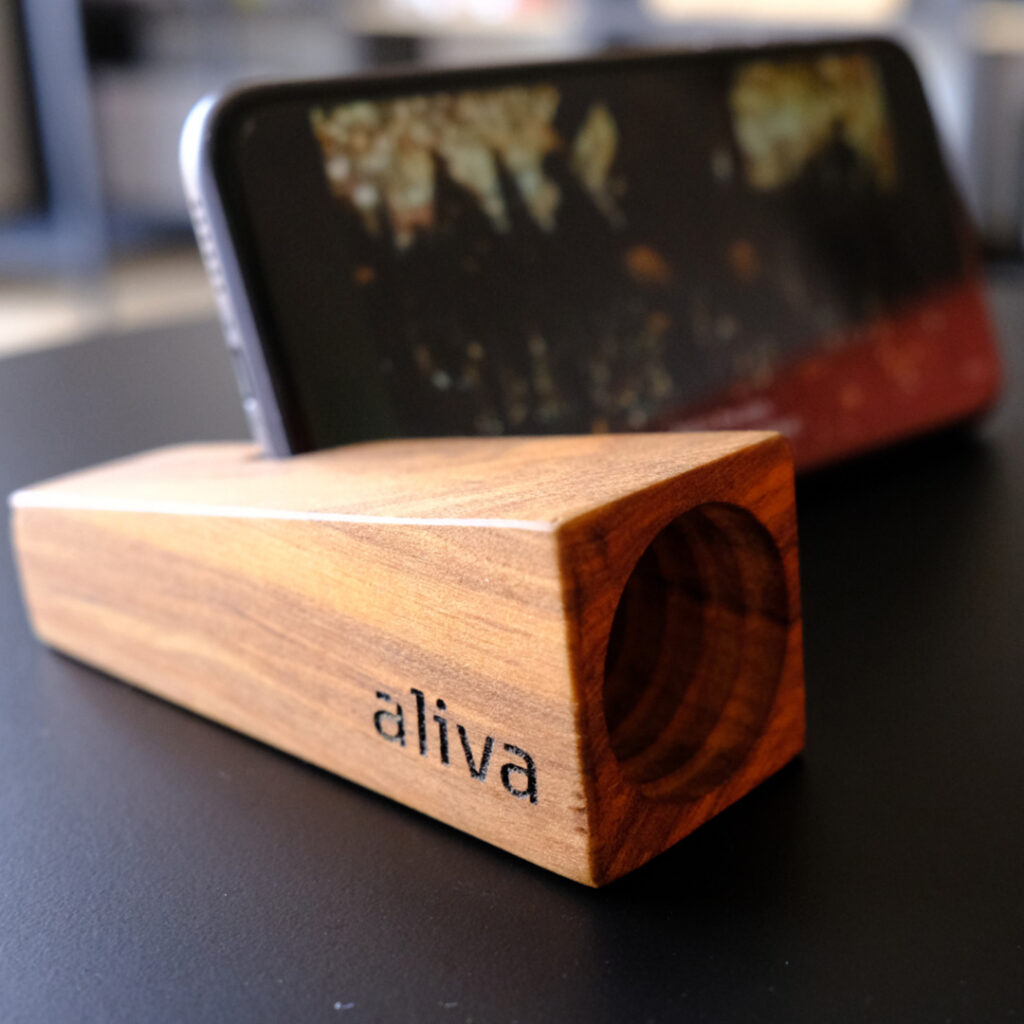
Sustainability
It’s a sustainable design because it uses waste from the pruning of olive trees. No trees are therefore cut down to create the products. Moreover, they are certified. Every single product created is traceable and unique. No trees are cut down in the production process. “All wood donors are still living trees. Firmly planted with their roots in the soil where they were born. In good health, also thanks to responsible pruning. All this creating a short and sustainable supply chain”.
All wood donors are trees that are still alive. Firmly planted with their roots in the soil where they were born. In good health, also thanks to responsible pruning. All this creating a short and sustainable supply chain.
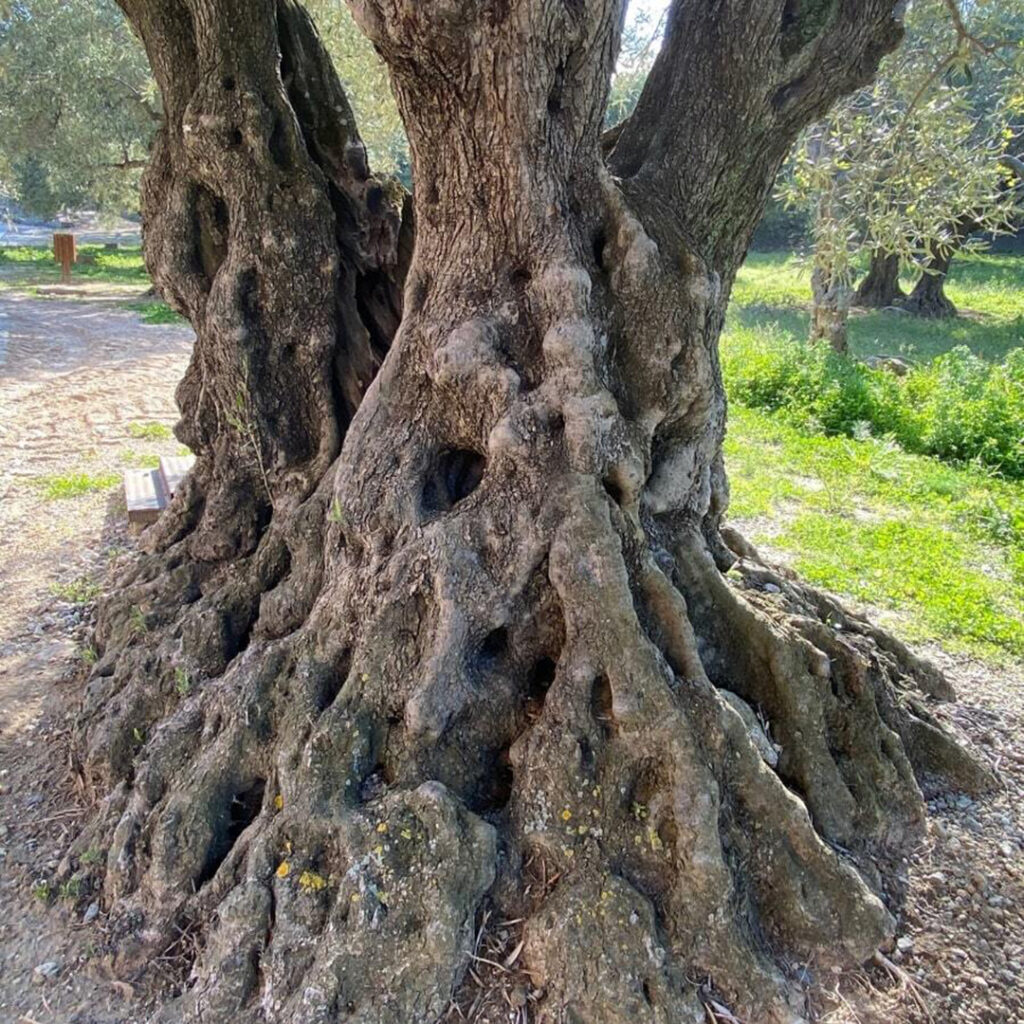
The process also enabled further use of the material in the production of furniture. In this case, the (olive) wood comes from partner farms in the area. After verifying the motivation and quality of the pruning, third parties carry out the sourcing. Once the wood has been sourced (in Calabria, Sicily and Apulia), it is certified and sorted, in batches, to local carpentry workshops. The craftsmen involved take care of the processing of the various products. Avoiding waste as much as possible, the basic processing is started, which involves extracting the laths of various lengths (and of constant thickness) from the selected olive branches.
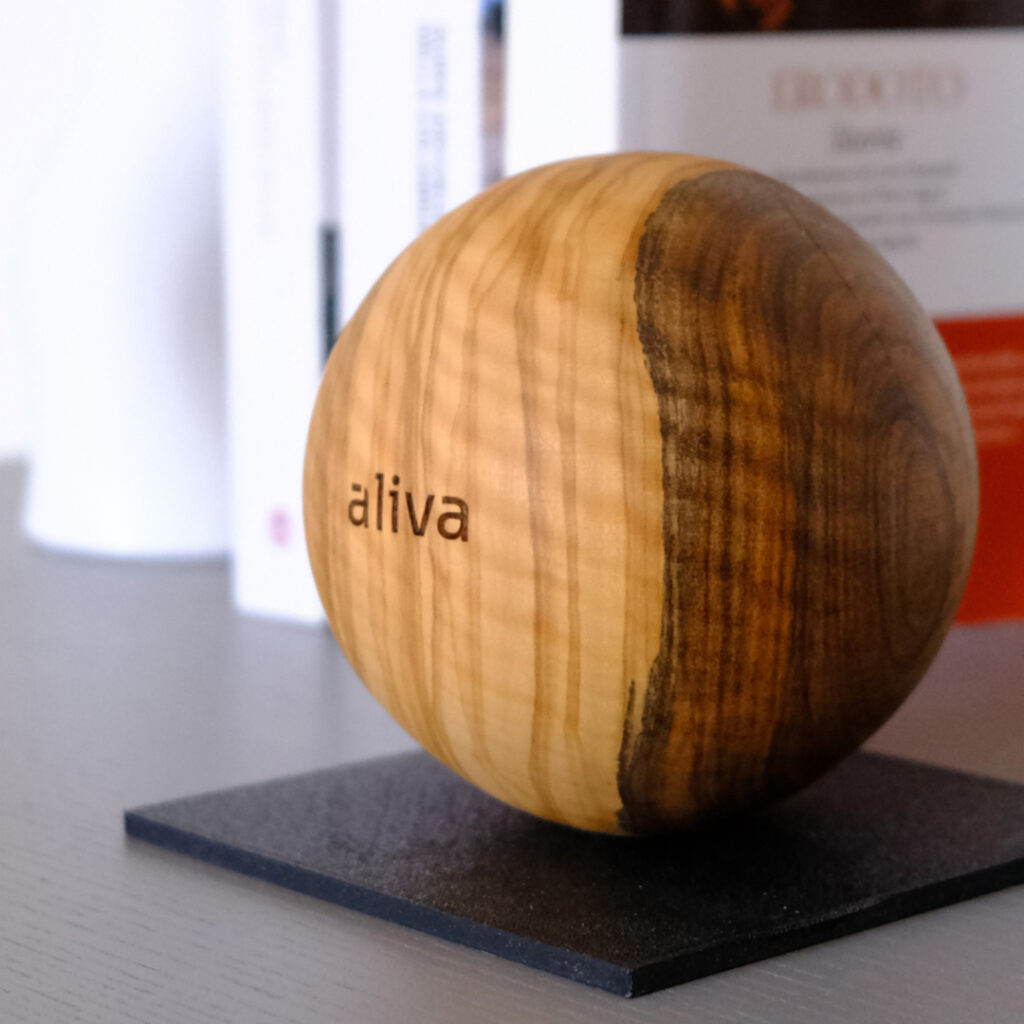
In addition, this production model makes it possible to catalogue production, to make objects on commission. Made-to-measure items and unique products. Once the order and its design have been received, the craftsmen proceed to assemble the elements, lath by lath, until the finished product. The individual laths of each panel enable the production of durable wood surfaces. But above all, beautiful and unique. Thanks to the complex veining that characterises the olive wood. A “vitality” that continues in the homes of those who house such objects. And which is the same that belongs to the trees from which it comes.
More: Alivawood.
You might also be interested in: The Psychological and Environmental Impact of the Luxury Industry.





